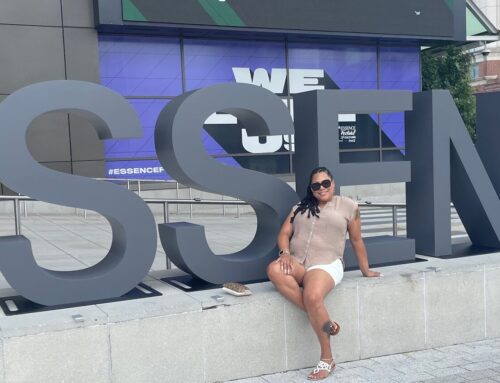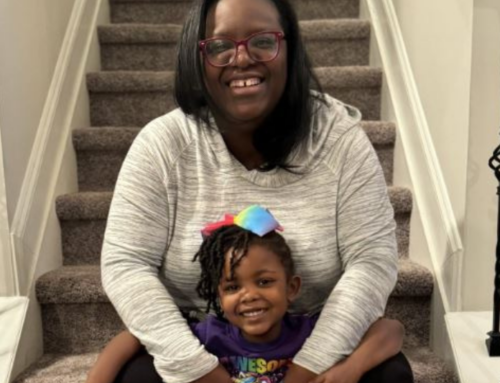As we come from organizations intending to collaborate to build systems, we typically gather around a project, a grant or an initiative. Often we come to the table assuming that we all know what we are doing and just have to figure out how. While that can work, building a system that works interdependently and effectively requires that individuals commit to what they are doing, how they are doing it, and, most importantly why they are doing it. Simon Sinek gave an excellent TED talk called How Great Leaders Inspire Action. In that talk, he offers a golden circle model:
In describing the circles, Mr. Sinek claims that everyone knows what they do, some know how they do it, but few know why. While he is talking about businesses, this thinking applies to system building work across human services. When collaborating to build a system of care, a cross disciplinary group can talk about what they are doing – building a comprehensive array of services and supports for children, youth and families. Some of the group can talk about how to do it – engage families and youth and in partnership to describe what exists, identify what is needed and strategize to fill those needs. Few groups convene a conversation about why they do what they do. For instance, the answer to why build a system of care may be that that children youth, families and communities are more healthy and productive when they have access to the coordinated and effective supports and services they need. Mr. Sinek would say that inspired groups think, act and communicate from the inside out.
So as we engage in collaborative system building, let the first conversation be about why. Every group changing systems in every community should have their own conversation. As a group charged with innovation, works to articulate a shared purpose (or answer to the question why) that inspires both those doing the work as well as those interested in the outcome. Then, ask the individuals who represent the variety of organizations at the collaborative table to commit to the why. Once the “why” is known, the “what” and “how” should more easily fall into place.
CM is incorporating this framework of Why, How, and What in the system building work that we continue to support at the state level and at the local level. Here are a few of our projects:
State of Indiana State System of Care Expansions Strategic Planning. Over the last year, CM has supported Indiana as they have engaged the community and partners across the state to contribute to a strategic plan to expand System of Care. This plan is innovative in its approach to optimizing the mental health for all young people across systems. Nearing final completion the plan includes a vision, mission, population of focus, definition of SOC, and seven categories of goals, strategies and activities.
Building Effective Collaboration in Tennessee: CM as part of the Collaboration LAB is pleased to present a two day training for over 100 administrators, providers, families and partners that will establish values, principles and a structure leading to a culture of effective collaboration throughout the state. While offered as part of the Statewide System of Care expansion effort, the effects should be felt throughout collaborative system change for children and families. The impact of the training will be evaluated and follow up training will be offered to a small group of champions so they can facilitate and support the implementation of effective collaboration.
St. Joseph County Juvenile Detention Alternatives Initiative (JDAI): CM is consulting with the St. Joseph County Juvenile Justice Center (JJC) to provide coordination for this initiative. JDAI offers an opportunity for the staff, partners and the larger community to partner to understand the current process of the justice center using data and feedback from youth, families and staff, develop community based alternatives and address disparities. Long-term system change at the JJC and throughout the community is envisioned as a result of this effort.




